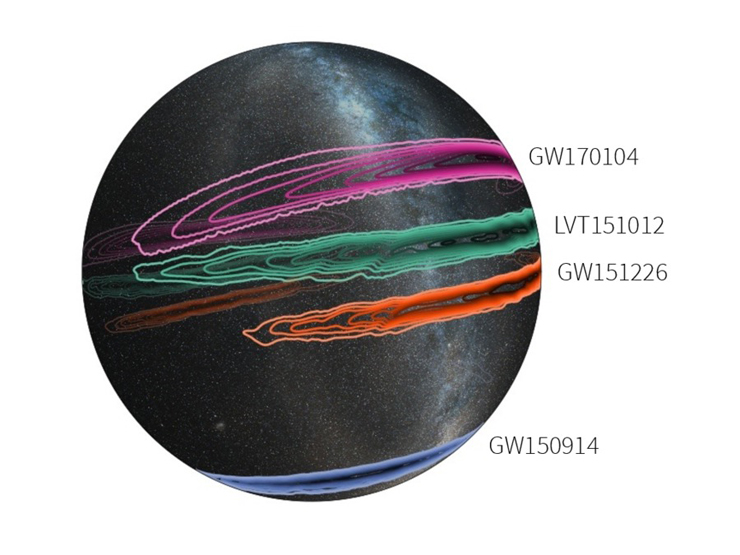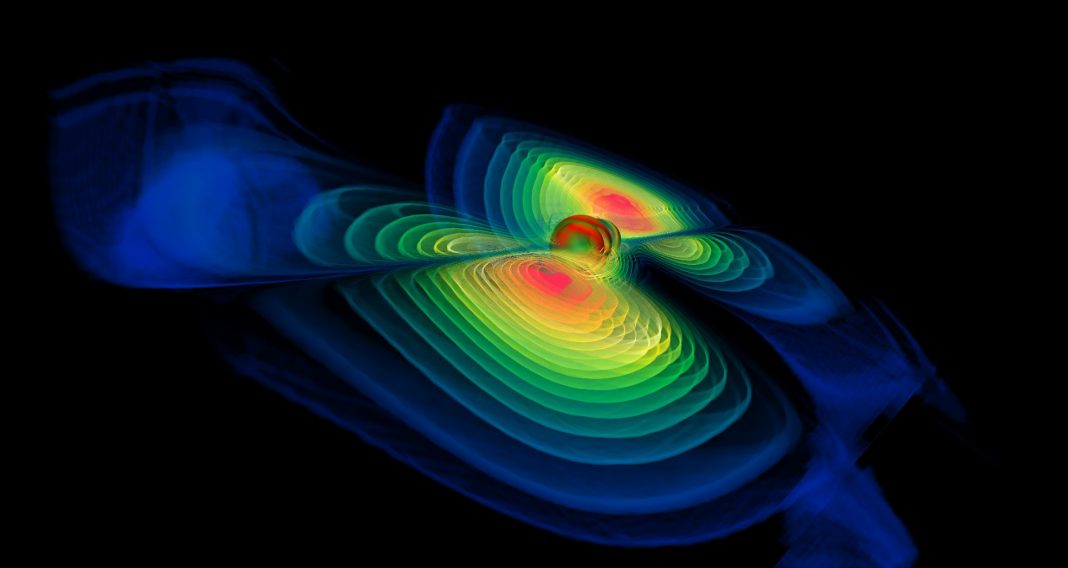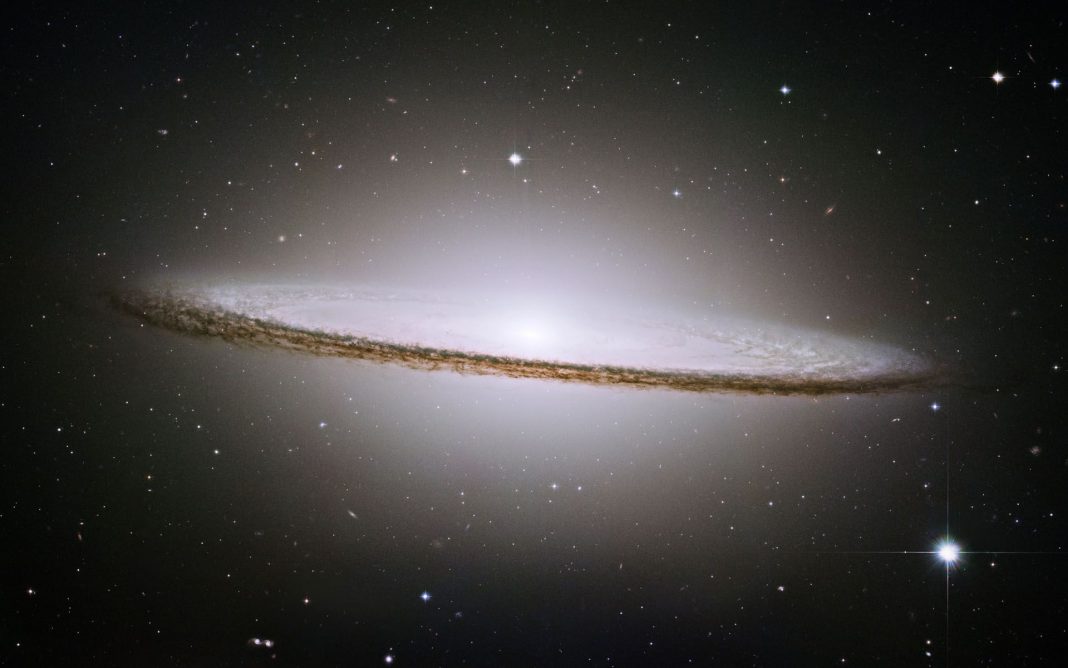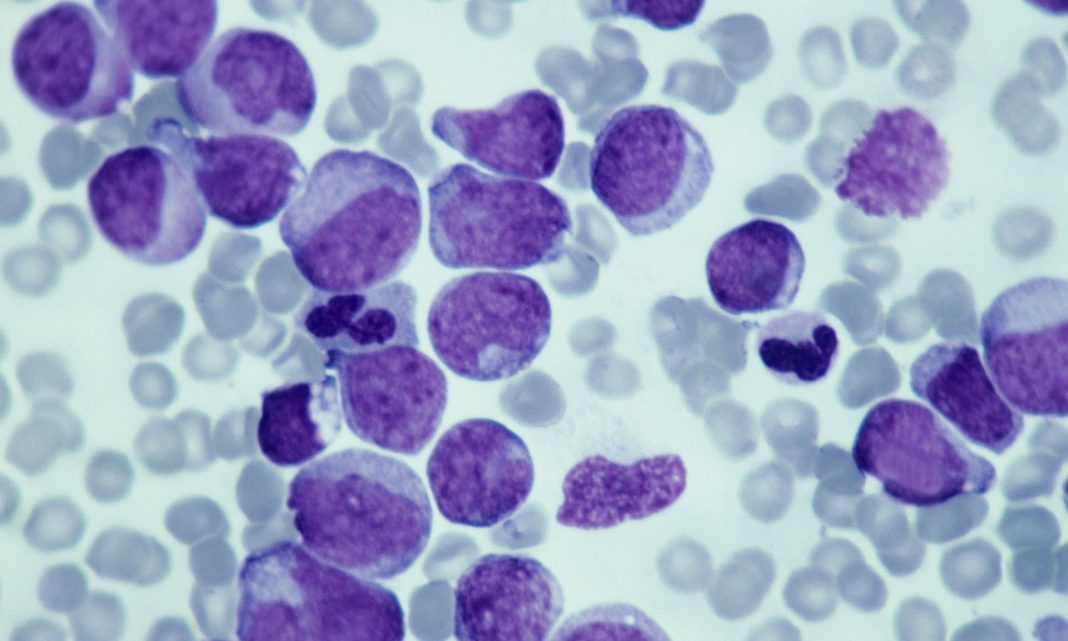The third detection of gravitational waves was announced this month by researchers. Another triumph in the world of physics. These ripples in space and time were predicted by Albert Einstein as part of his theory of general relativity over a century ago. However, it’s taken this long to be able to prove it. The first detection of these waves was made back in September 2015.
These latest gravitational waves were detected by the Laser Interferometer Gravitational-wave Observatory (LIGO) on January 4, 2017, and is the third detection now that researchers have made. It points towards merging black holes that are much further away than the earlier detections and this time the black holes differ in size and mass too.
“Our handful of detections so far is revealing an intriguing black hole population we did not know existed until now,” says Vicky Kalogera, a senior astrophysicist with the LIGO Scientific Collaboration (LSC), director of Northwestern University’s astrophysics center (CIERA), and a professor of both physics and astronomy. “Now we have three pairs of black holes, each pair ending their death spiral dance over millions or billions of years in some of the most powerful explosions in the universe. In astronomy, we say with three objects of the same type you have a class. We have a population, and we can do the analysis.”

Shane L. Larson is researcher professor of physics and astronomy at Northwestern and an astronomer at the Alder Planetarium in Chicago, and he says, “Once again, the black holes are heavy. The first black holes LIGO detected were twice as heavy as we ever would have expected. Now we’ve all been churning our cranks trying to figure out all the interesting myriad ways we can imagine the universe making big and heavy black holes.”
“With the third confirmed detection of gravitational waves from the collision of two black holes, LIGO is establishing itself as a powerful observatory for revealing the dark side of the universe,” explains David Reitze, executive director of the LIGO Laboratory. “While LIGO is uniquely suited to observing these types of events, we hope to see other types of astrophysical events soon, such as the violent collision of two neutron stars.”
The new findings led researchers to create a new class of black hole pairs, called binary black holes, that are much larger is size and mass than researchers ever thought possible, until LIGO came along. “In the latest merger, the final black hole was some 50 times the mass of our Sun,” confirmed co-author Ling Sun, a Ph.D. student at the University of Melbourne’s School of Physics and a member of the Australian Research Council Centre of Excellence for Gravitational Wave (OzGrav).
GW170104 is the name given to this latest detection and was actually picked up during LIGO’s current observing run that commenced in November last year. The two detectors carrying out the observations are located in Hanford, Washington and Livingston, Louisiana. There are two primary models that are used to explain the formation of binary black holes. The first, shows black holes coming together in later life amongst a crowd of stellar clusters. Here they pair up and can spin in any direction relative their orbital motion. “This is the first time we have evidence that the black holes may not be aligned, giving us just a tiny hint that binary holes may form in dense stellar clusters,” said B.P. Sathyaprakesh, professor of physics and astronomy and co-author of the paper.
The second model proposes that black hole pairs and born within the same binary system and form when each star in a pair explodes. The black holes continue to be aligned because the original stars were spinning in alignment. Because GW170104 appears to have one misaligned black hole, researchers are favoring the formation theory of dense stellar clusters. But, who really knows for sure.
Related Links;
- LIGO detects gravitational waves for the third time
- New gravity waves hit Earth after record-breaking trip through space
- RIDING THE GRAVITATIONAL WAVE
- Observation of a 50-Solar-Mass Binary Black Hole Coalescence at Redshift 0.2
More News to Read
- NASA’s Top Tips for Drinking Your Own Urine
- Scientists Created a Molecular Black Hole
- Lost in The Wild? This Drone Can Boost your Cell Signal
- A Look into the Early Mars Climate
- General Relativity in a Supermassive Black Hole











